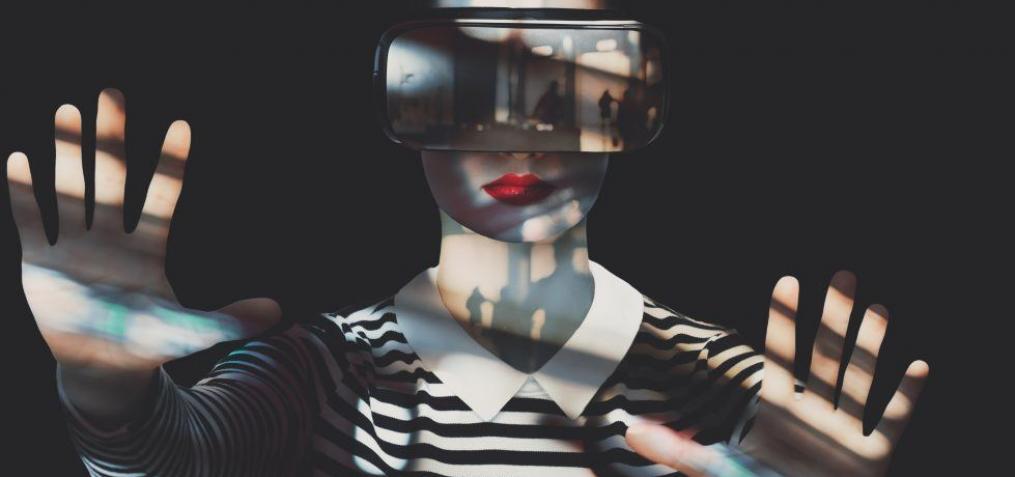You have no items in your cart. Want to get some nice things?
Go shopping
Every generation brings about shifts in how we view and create art. This is a simple and natural part of artistic evolution, and it may even seem so self-evident as to appear a truism. When looking at changes brought about by new virtual reality technology, however, this raises some important questions as to how we engage any visual artistic medium.
What new opportunities does this technology open for creation and appreciation? How does it relate to other strong VR experiences like gaming, and where might we draw the line between basic engagement and authentic experience?
Before taking a more detailed look, its first necessary to understand the current state of being of virtual reality artistic experiences. VR has come a long way, that much is true, but it also has considerable distance left to travel before it becomes a deeply valuable part of artistic culture. This is owed to the fidelity we require when experiencing and creating art compared to many other industries like gaming, which also benefit from VR.
Gaming, as an example, works perfectly well with traditional methods of access. Placing and understanding the types of roulette bets and odds can be done flawlessly in traditional formats, while this industry, like so many others, sees only minor potential in VR engagement. VR Art, on the other hand, could be transformative on an entirely different level.
VR allows artists to create within an entirely simulated world. Expression within this virtual world can take the form of traditional moving or still creations, or through the generation of complex complete environments. Artists working with this aether can give form to abstractions only imaginable within real physical space.
With VR, patrons of the art will be able to take an active exploratory part in their appreciation, with no risk of danger or damage to themselves or the projects. Imagine a 3D Escher, made traversable in all of its impossibilities. This is just a small portion of the potential which VR holds.
In terms of experiencing traditional art, this technology could also work to considerably lower the barriers to access. As much as many of us would love to experience the Louvre in person, visiting is no simple feat. We have to factor in the cost, the time requirements, and the realities of travelling with illness. All of this, just to brave massive crowds.
VR could allow the full virtualisation of this museum, with a level of visual quality on par with the real thing. While some early versions of this idea exist already, limitations on scanning and viewing headsets are yet to reach a truly perfect representation of this space.
So, what does this mean about how we think of artistic appreciation? Can the scanning of real art with a level of quality far beyond what the human eye can see come close to replicating the experience of the real thing? Will gatekeeping ‘authentic’ experiences hamper the value we put on this form of engagement?
As a form of access and creation of art, virtual reality is still in its infancy. As the tools and tech for both the active and passive parts of the equation improve, however, expect this avenue to only grow more popular. But will it be welcome or shunned by the greater community? That much, at least, remains to be seen.





